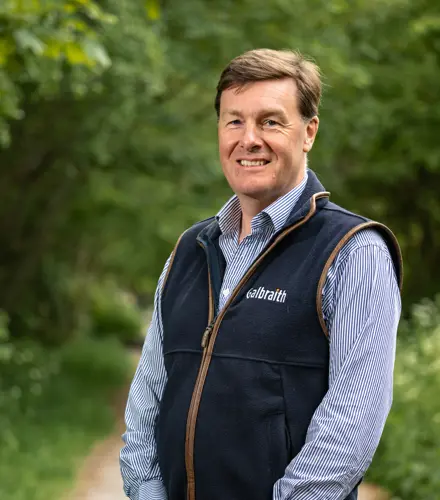There are many considerations when developing an on-shore wind farm and most of these focus on the site of the turbines themselves.
However, grid connection and access are two important aspects for any development which may have constraints many miles away from the turbines themselves.
Access pinch points for oversail – when equipment swings across land owned by other parties – and overrun – where delivery vehicle wheels run over land need to be secured before any project can progress.
Developers don’t normally benefit from any compulsory powers to obtain these rights so will often need to negotiate terms with a landowner.
As reported in Energy Matters Issue 18 there is renewed interest in on-shore wind farm development in Scotland with larger turbines which have tip heights in excess of 200 metres.
These turbines have longer blades and will require more land in order to obtain access around tight road corners than would be required for smaller turbines. Developers looking to extend or re-power existing schemes will find that more land is required and some corners that weren’t previously an issue will now become a constraint to the project.
The traditional method of blade transport uses delivery vehicles able to carry, but not manoeuvre, the blade.
Segmented blade technology is developing, and last year in the United States GE announced its new 5.3MW turbine system with a segmented 77 metre long blade. This has the potential to open up previously constrained wind farm opportunities and reduce the access requirements on other sites.
However, according to the US wind energy expert Ian Baring-Gould, these blades will incur additional manufacturing and maintenance costs and the larger overall dimensions will increase component weights.
Another option is to use hydraulic lift trailers where the blade is secured behind the cab and can be raised, with the delivery trailer being shortened, to navigate difficult pinch points. These trailers will remove some, but not all, of the need to obtain third party consents.
Even if the trailer remains on the public highway, the blade could still oversail adjacent land. There may also be issues with overhanging trees or powerlines.
Another consideration is that although hydraulic lift trailers can be used during the initial construction of the wind farm there is still the challenge of securing access under any operation and maintenance agreement when a hydraulic lift trailer would be required again should replacement blades be required.
As turbine dimensions increase, additional access consents will be required unless technological advances resolve these difficulties.
For the moment we anticipate that developers will wish to secure the certainty of access agreements to ensure the deliverability of any project.

